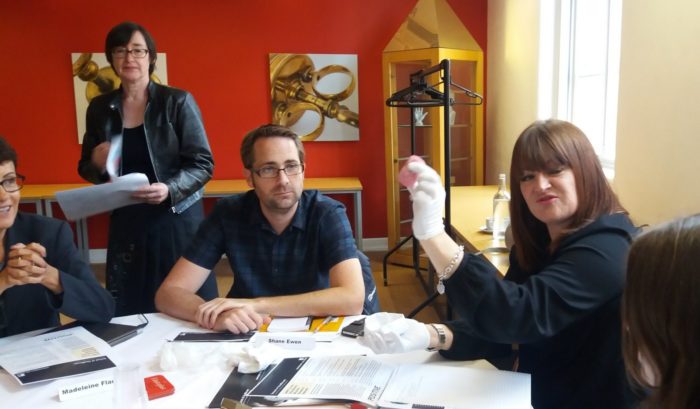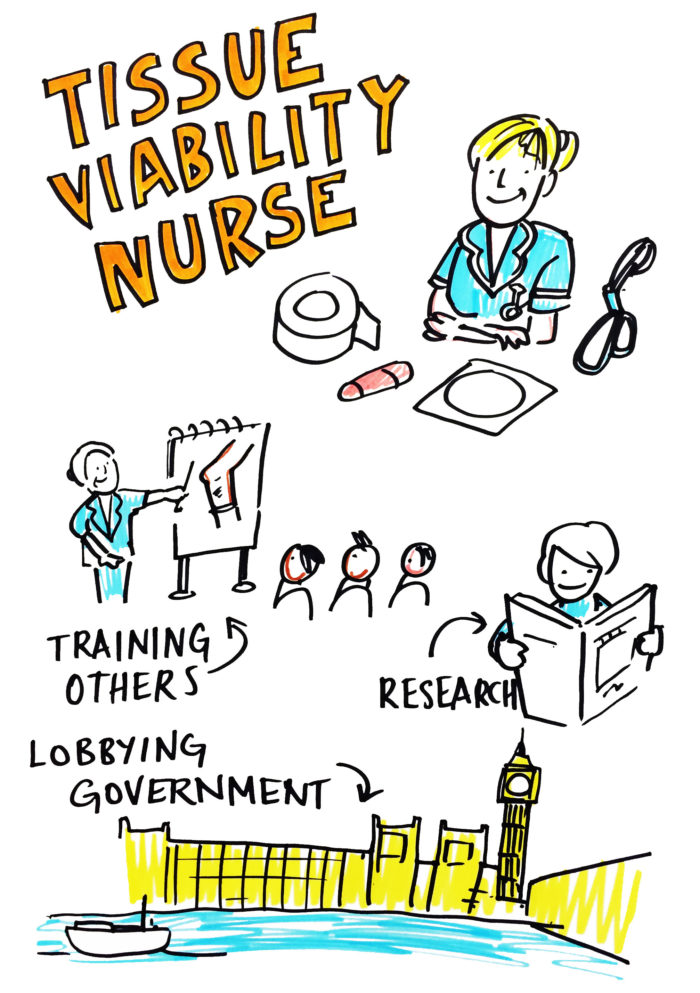Workshop 1

We were delighted to welcome participants to the first of three workshops at the Thackray Medical Museum, Leeds with the aim to explore innovation in ‘advanced’ wound care in the wider context of the history and sociology of wound care.
Discussions at this first workshop focused on which health professions, patients and industries have been involved in the development of wound care in the UK and their field of interaction. The nursing/doctor division, the development of materials, the role of industry, the changing demographic of patients and the introduction and development of the NHS are all important factors.
The workshop started with an exploration of the Thackray museums artifacts relating to woundcare throughout history
We had a number of interesting and stimulating presentations and provocations.
The discussions were captured in art form by Tom Bailey our Graphic artist.

Speakers
Objects from the Thackray collection and milestones in the wounds timeline, Catherine Robins, Mary Madden, James Stark
Introduction to experimental designer and maker, Jessie White
Violent Intrusions: Wound Care in First World War Medical Accounts, Marie Allitt
Burns: the evolving wound, Jonathan Reinarz
First Aid Organisation and the IRA mainland bombing campaign of the 1970s, Barry Doyle
'Sat Nav' wound care: A service user perspective, Kay Walker
From manufacturer to marketer - how the wound care industry has related to healthcare professionals, James Lavan
The developing role of the nurse in wound management; clinical, education and research Carol Dealey (clinical); Madeleine Flanagan (education); Sue Bale (research)
Discussion
How did advanced wound care develop and how does it sit in the context of the longer history of wound care and the development of the NHS?
Why has wound care in the UK become the preserve of nurses rather than for example, surgeons?
How have health professionals in the field collaborated with industry and service users and to whose advantage?
What role has the patient, carer/service user played in developing advanced wound care?
